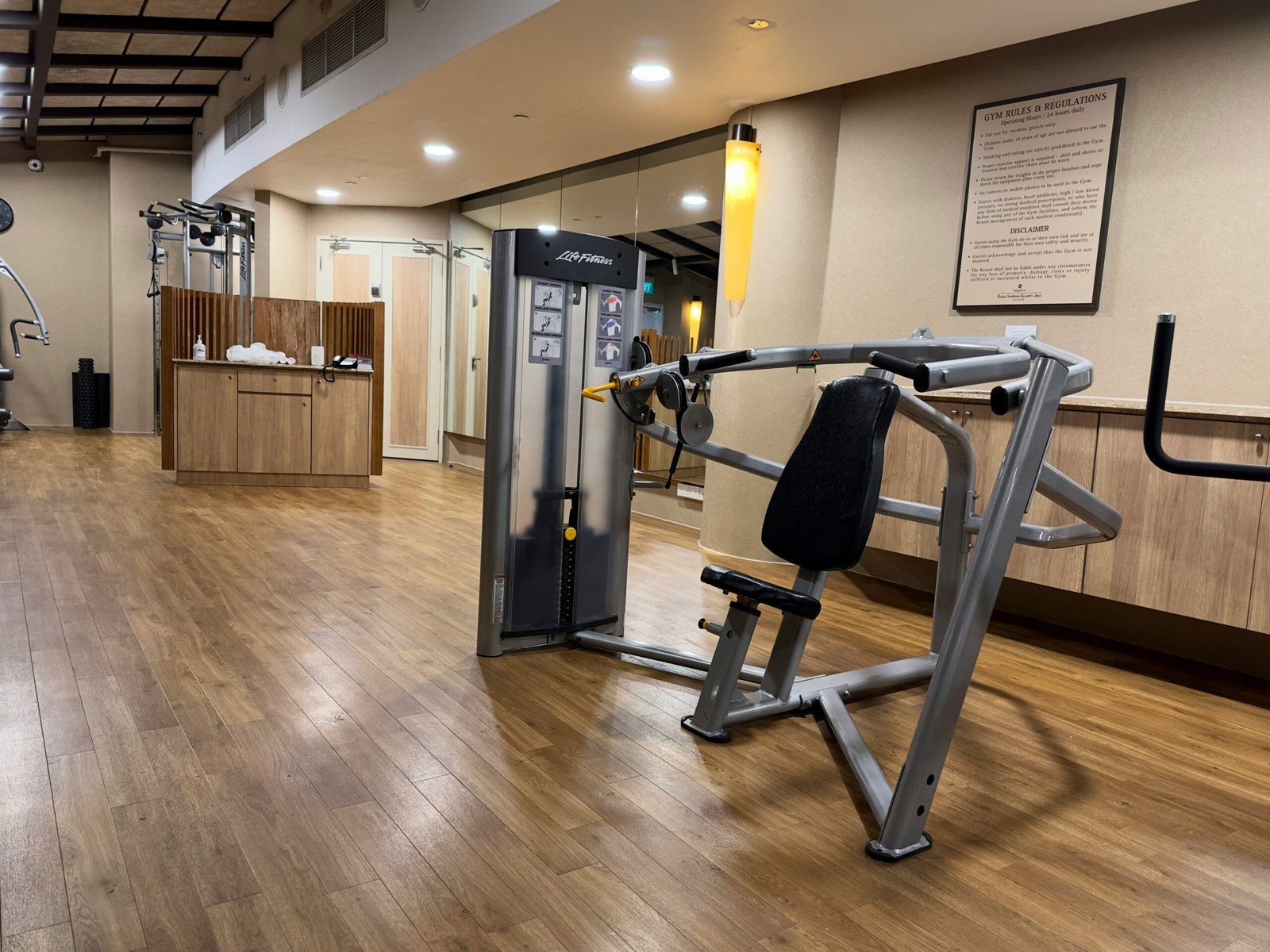Introduction
When it comes to fitness and working out, there are many different approaches and strategies that people follow. One common question that often arises is whether it is better to do full-body workouts or split routines. Both options have their own advantages and disadvantages, and the best choice ultimately depends on individual goals, preferences, and circumstances. In this article, we will explore the differences between full-body workouts and split routines to help you make an informed decision.
Full-Body Workouts
Full-body workouts involve targeting all major muscle groups in a single workout session. This means that each workout session includes exercises for the upper body, lower body, and core. The exercises are typically compound movements that engage multiple muscle groups simultaneously, such as squats, deadlifts, bench presses, and pull-ups.
One of the main advantages of full-body workouts is efficiency. Since you are working out your entire body in a single session, you can save time by not having to go to the gym as frequently. Full-body workouts are also great for beginners or those who have limited time to dedicate to exercise.
Another benefit of full-body workouts is that they provide a higher frequency of training for each muscle group. By targeting all muscle groups in each session, you are stimulating muscle growth and strength development more frequently. This can be advantageous for muscle hypertrophy and overall strength gains.
However, full-body workouts can be physically demanding, especially for those who are new to exercise or have limited recovery capacity. It can be challenging to perform compound movements with high intensity for all muscle groups in a single session. Additionally, if you have specific weaknesses or imbalances that need to be addressed, a full-body workout may not provide enough focus on those areas.
Split Routines
Split routines involve dividing your workouts into different muscle groups or body parts on different days. For example, you may have a “push” day that focuses on exercises for the chest, shoulders, and triceps, followed by a “pull” day that targets the back and biceps. This allows for more targeted training and allows you to dedicate more time and energy to each muscle group.
One of the main advantages of split routines is the ability to prioritize specific muscle groups. If you have lagging muscles or specific areas that you want to develop, a split routine can provide the necessary focus and volume to address those areas. It also allows for more variety in your workouts, as you can include a wider range of exercises for each muscle group.
Split routines can also be beneficial for those who have more advanced training goals or specific sports-related objectives. For example, bodybuilders often follow split routines to maximize muscle growth and achieve a balanced physique. Split routines also allow for more recovery time between workouts for each muscle group, which can be advantageous for muscle repair and growth.
However, split routines require a larger time commitment, as you will need to dedicate multiple days to different muscle groups. This can be challenging for individuals with busy schedules or limited gym access. Split routines also require more planning and organization to ensure that each muscle group is adequately trained and that there is enough variation in exercises to prevent plateaus.
Choosing the Right Approach
The choice between full-body workouts and split routines ultimately depends on your individual goals, preferences, and circumstances. Here are some factors to consider when making your decision:
1. Fitness goals: If your primary goal is overall fitness and strength development, full-body workouts can be a great option. If you have specific muscle development goals or want to focus on certain areas, a split routine may be more suitable.
2. Time commitment: Consider how much time you can dedicate to your workouts. If you have limited time or prefer shorter, more frequent workouts, full-body workouts may be more practical. If you have more time available and can commit to longer sessions, split routines can be a good choice.
3. Recovery capacity: Assess your recovery capacity and how well you handle intense workouts. If you find it challenging to recover from full-body workouts, a split routine may be more manageable as it allows for more recovery time for each muscle group.
4. Personal preferences: Consider which approach you enjoy more and find more sustainable in the long term. Consistency and adherence to a workout routine are key for achieving results, so choose an approach that you enjoy and can stick to.
In conclusion, both full-body workouts and split routines have their own advantages and disadvantages. The best approach for you depends on your goals, preferences, and circumstances. Experiment with different approaches and listen to your body to find what works best for you. Remember, consistency and progressive overload are key for achieving fitness goals, regardless of the approach you choose.


